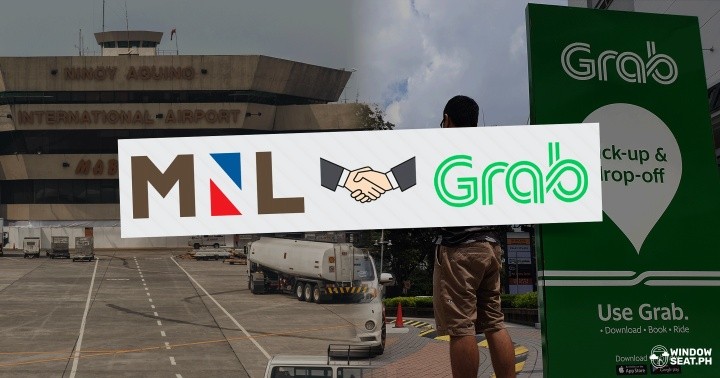Passengers and Drivers Are Now Required to Wear Face Shields In Public Transportation
Heads up!
by Bianca Katipunan | August 06, 2020
Starting August 15, 2020, the use of face shields will be mandatory for passengers and drivers of public transportation In accordance with a Memorandum Circular released by The Department of Transportation (DOTr) last August 4, 2020.
“Sa mga kababayan ’ho natin, huwag sana nating isipin na panibagong gastusin o dagdag abala ang pag-require natin sa paggamit ng face shield. [To our countrymen, let’s not think of this face shield requirement as just another additional expenditure or hassle.]” Transportation Secretary Arthur Tugade said. “Let us remember that no amount of protection is too much when it comes to health and safety, especially that we are battling an invisible enemy.”
According to DOTr, this initiative aims to reduce the transmission of COVID-19 transmissions in public transportations. Health authorities have recommended the use of face shields as it reduces exposure to and emission of respiratory droplets that can cause COVID-19.
The directive applies to all public transportation throughout the country, involving aviation and airports, railways, road, and maritime sectors.
“Ipatutupad po natin ang mandatong ito sa lahat ng pampublikong sasakyan tulad ng sa mga tren, bus, jeepney, taxi, passengers vessels at maging sa eroplano. [We will enforce this mandate in all public vehicles, such as trains, buses, jeepneys, taxis, passenger vessels, and airplanes.] I will not elaborate more on the practical benefits the face shield offers, but we know that the use of face coverings and masks for superior protection is adopted widely,” DOTr Undersecretary for Administrative Affairs Artemio Tuazon Jr. said.
Usec. Tuazon also clarified that the face shields should also cover the nose and face.
“Mayroon po kasing mga tinatawag na visor, goggles, o ‘yung iba pang protective eyewear that only encloses the eye area. [There are also visors, goggles, and protective eyewear that only encloses the eye area.] We advise that our passengers use the ones that cover the whole face. It’s actually meant as a redundancy of the protection of the face mask,” Usec. Tuazon said.
Commuters are also required to wear face masks, enforce strict social distancing, and handwashing or hand sanitizing to prevent the spread of the deadly virus. Talking and using mobile phones are also discouraged inside public transportation.
How effective are face shields?
Although face masks should still be worn in public, many experts say that face shields may be even more effective than masks, and are appropriate even for thoe who don’t work in high-risk health care settings. Though the vulnerability of our eyes to COVID-19 still hasn’t been established, the eyes are vulnerable to many other viruses, such as measles and adenoviruses. Face shields can protect our eyes.
“There’s a lot of at least biological possibility to suspect that [shields] are definitely better than homemade face masks, and maybe even better than other types of masks as well, because they not only prevent you from spreading it … [and] because it also covers your eyes, it provides more protection to the mucus membranes of your face where you might be getting infected,” Amesh Adalja, M.D., a pandemic preparedness expert at the Johns Hopkins Center for Health Security, told AARP in an interview.
What do you think of this new mandate?










Pingback: Bali Tourist Ban: Foreign Tourists Banned from Bali Until the End of 2020
September 1, 2020 at 3:38 pm